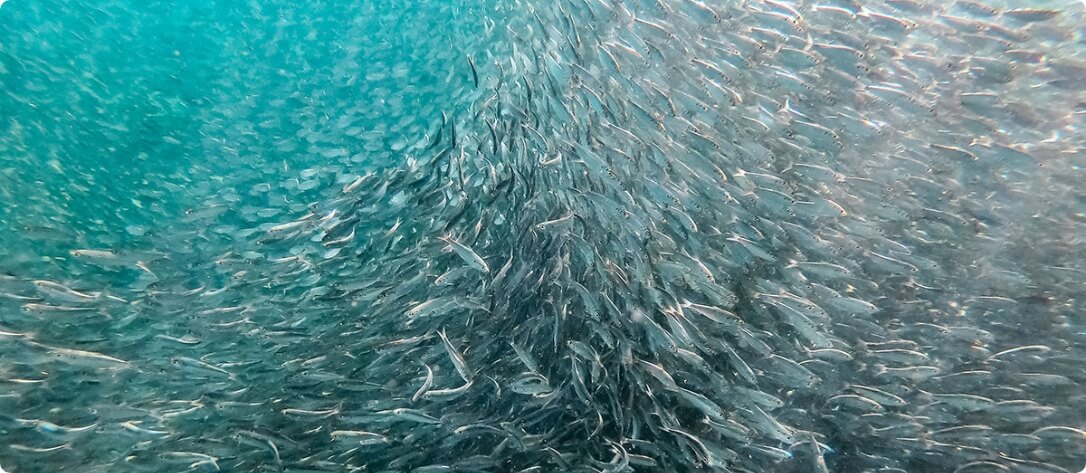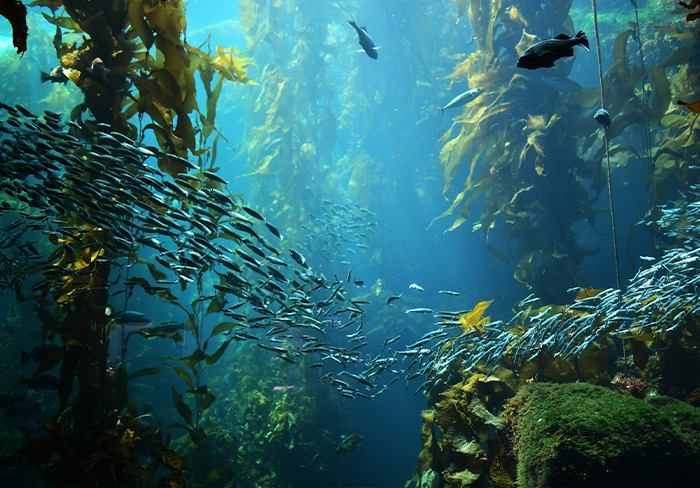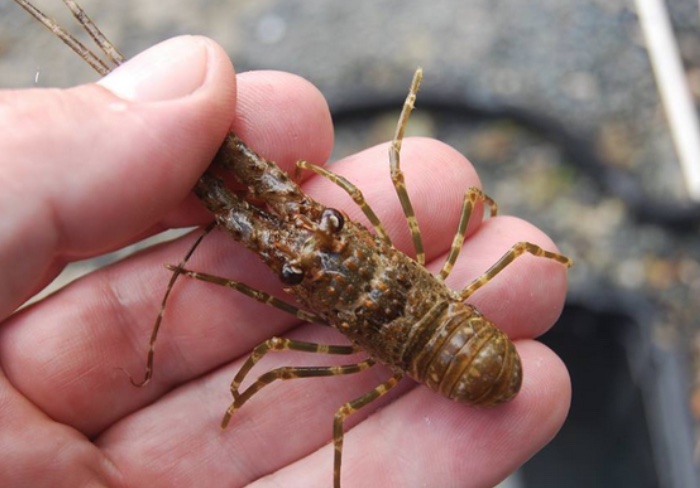
It is a common misconception that wild caught fish is always better than farm-raised fish. Unfortunately, the distinction is not that simple. So, what is the different between wild-caught vs. farm-raised fish?
In short, wild-caught fish are caught in their natural habitat, whereas farm-raised fish are bred and farmed in controlled aquaculture environments, such as tanks or pens.
But, when faced with both types in a supermarket, how do you know which one to pick? In general, I recommend selecting the farm-raised fish, although there are a few exceptions.
What Are the Differences Between Farmed Fish and Wild Fish?
Before deciding which type of fish to buy, it is important to understand the differences between wild and farmed fish. They differ in many more areas than just the way they are caught.
Taste
The taste of a fish is determined by the cleanliness of its environment and its diet.
Farmed fish are given a formulated or pellet diet, which creates a pleasant and predictable flavour. They cannot be fed a live diet because the process would be too expensive and would likely involve environmentally unfriendly processes, such as dredging.
Wild fish have a much more varied diet, including squid, shrimp, and small fish. All those different flavour profiles contribute to the quality of the wild fish's flavour. The taste is less predictable but can be distinctly better than farmed fish.
Some species taste better when they are farmed, and some taste better when they are wild. As a result, this category is a tie.
Nutrition
As with taste, the nutrition quality of fish depends almost entirely on what it eats.
Wild fish eat a more varied diet that is slightly lower in saturated fat than farm-raised fish. Farmed fish are normally given fortified feed, which creates a product that is marginally higher in omega-3 fatty acids.
When it comes to nutritional quality, wild fish have a slight upper hand, but that doesn't account for natural parasites, bacteria, and other detrimental factors.
Price
Farm-raised fish is almost universally cheaper than wild fish. There are many reasons for this, but the most substantial one is that farmed fish travel shorter, and therefore cheaper, distances to reach consumers.
Fish can be farmed anywhere, even in cities, whereas wild fish can only be caught in its natural habitat, which may be on the other side of the world.
Farmed fish also has a predictable supply, meaning that the price is more stable than wild fish whose supply is much more erratic. There is also less waste with farmed fish because they are grown to suit the market.
When it comes to price, farmed fish are the clear winners.
Sustainability
Both farmed and wild fish are victims of unsustainable practices that damage the environment.
Equally, they both have glowing examples of sustainability where businesses regenerate and create new habitats rather than just maintaining them. For example, our Aquahive Lobster Hatchery System releases 100,000 clawed lobster each year with the aim of restoring the wild population.
One of the most substantial issues for farmed fish is their propensity to pollute local waters. However, this problem can easily be avoided with sea cages when waste is correctly filtered out.
And advances in water treatment (such as RAS) also mean that on-land systems now circumvent problems that existed before.
One of the biggest issues concerning wild fish is overfishing. Overfishing is problematic because it reduces the wild population of a fish year on year by taking away its ability to regenerate naturally. This is mainly done through catching fish before they have spawned.
A mature salmon can produce up to 10,000 eggs, on average 10 of which will reach maturity. If you catch a young salmon, you are unintentionally taking 11 fish out of the eco system instead of just one.
Large factory ships from South East Asia have decimated fish stocks in international waters where no regulations, such as returning pregnant fish to the sea, exist In contrast, the East Coast of the US has one of the tightest and most regulated fisheries in the world.
Because it depends on the individual processes of each farmer and fisherman, there is no way to determine conclusively whether farmed or wild fish are more sustainable.
What to Know Before Buying Fish
As you can see, there are advantages and disadvantages to both wild-caught and farmed fish.
To make an informed choice, there are a few things you should know before purchasing: where the fish came from and if it is ASC (Aquaculture Stewardship Council) or MSC (Marine Stewardship Council) certified.
It is best to choose a fish that was caught in your region (if possible) to reduce travel-based pollution.
I also recommend you never buy a fish that is not certified because if it isn't, you cannot guarantee it was caught, stored, and handled in a way that abides by your country's food safety standards.
If you share my love of fish, you know there are an overwhelming number of options out there. Stay on top of the pile by staying informed and making decisions based on facts rather than the myriad of myths out there. Happy eating!

 Giles Cadman
Giles Cadman 

